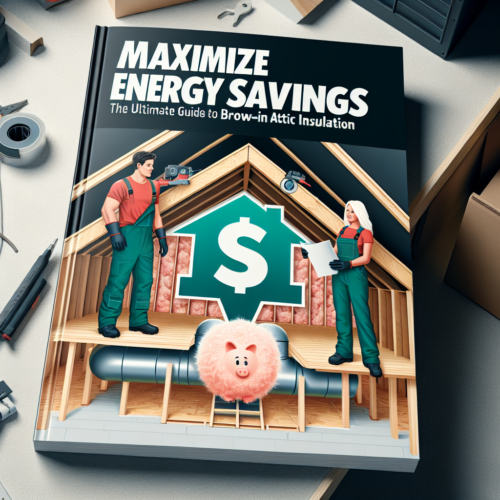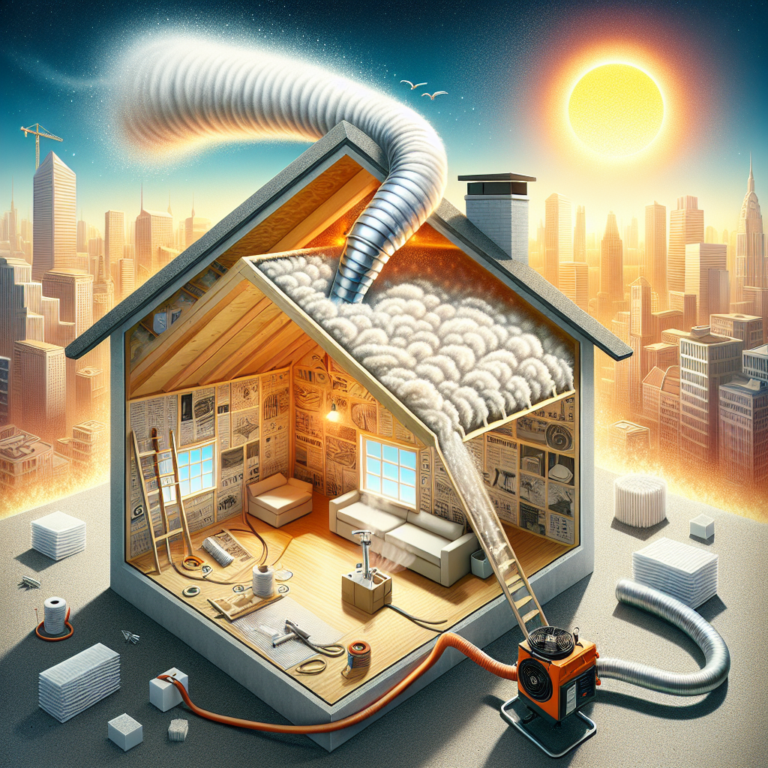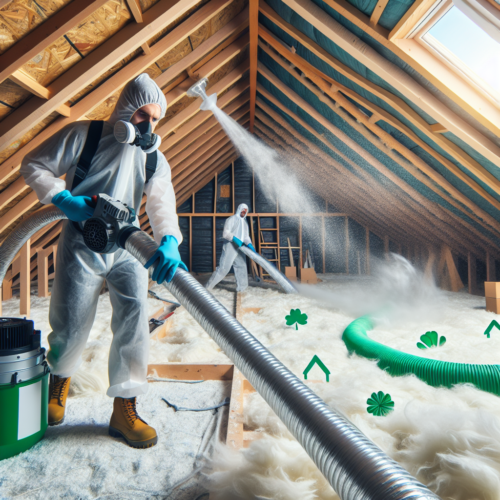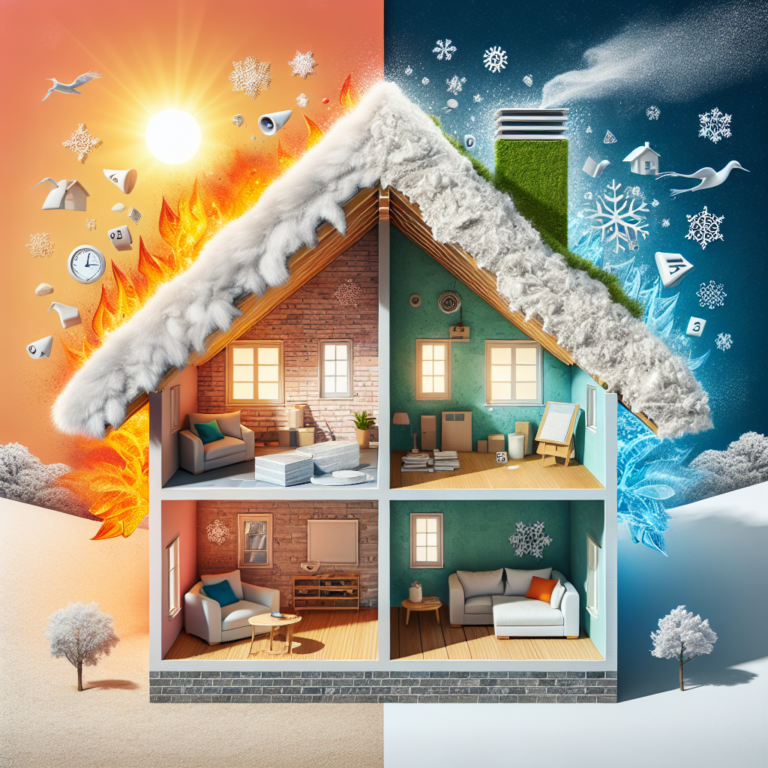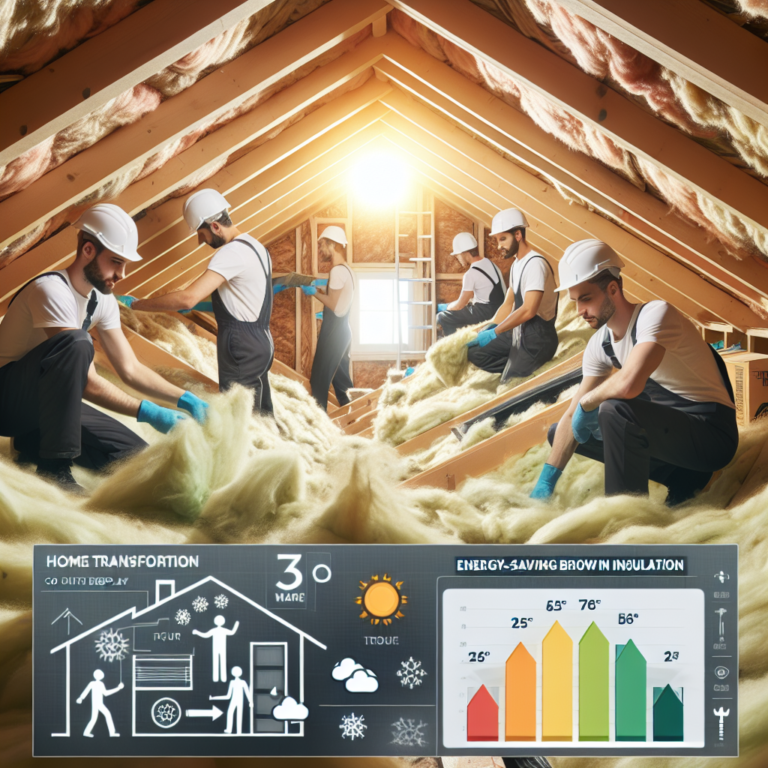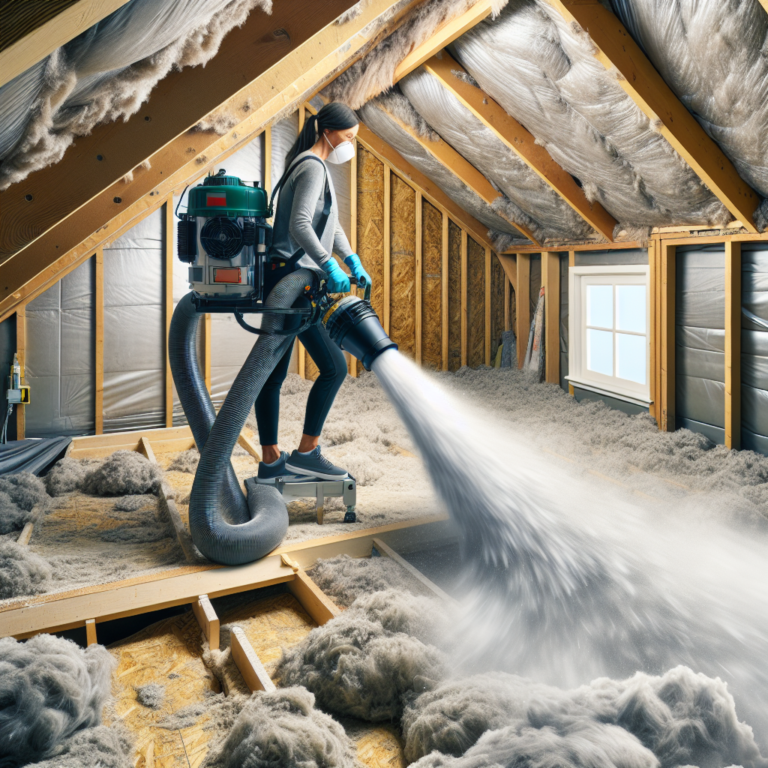Stay Cool this Summer: Why You Need Better Attic Insulation for Maximum Home Efficiency
Introduction
Attic insulation plays a vital role in keeping your Texas home cool, comfortable, and energy-efficient during scorching summer months. By acting as a thermal barrier between your living space and the sweltering attic, quality insulation prevents cool air from escaping and hot air from infiltrating. In this article, we’ll explore how upgrading your attic insulation can slash energy bills, enhance indoor comfort, and protect your HVAC system—all while helping the environment.
H2: Why Attic Insulation Matters in the Texas Heat
In Texas, temperatures often soar above 100°F, forcing air conditioners to work nonstop. Without adequate attic insulation, cool conditioned air easily seeps upward into the attic, and radiant heat from the roof transfers downward into your home. This constant heat exchange causes your AC unit to cycle more frequently, driving up electricity costs and accelerating wear on the system. Proper attic insulation reduces heat gain by reflecting and resisting heat flow, so your living areas stay cooler with less energy.
H2: Benefits of Attic Insulation for Home Efficiency
• Lower Energy Bills: The Department of Energy estimates that homeowners can save up to 20% on cooling costs by installing proper attic insulation. • Consistent Indoor Temperatures: A well-insulated attic seals off hot spots and prevents drafts, so every room maintains the desired thermostat setting. • Reduced HVAC Strain: By limiting heat infiltration, insulation allows your air conditioner to run fewer cycles, extending its lifespan and lowering repair costs. • Environmental Impact: Using less electricity reduces carbon emissions and conserves natural resources. • Increased Home Value: Energy efficiency is a major selling point. Improved insulation can boost resale value and appeal to eco-conscious buyers.
H2: Maximizing Energy Savings with the Right Attic Insulation
Choosing the right material and installation method is key to maximizing savings. Common options include:
– Fiberglass Batts and Rolls: Affordable and readily available, fiberglass batts fit between joists but require careful installation to avoid gaps.
– Blown-In Cellulose: Made from recycled paper, cellulose fills irregular spaces and offers good thermal performance, but may settle over time.
– Spray Foam: Expanding foam creates an airtight seal, preventing both heat transfer and air leaks. It carries a higher upfront cost but delivers superior R-values and long-term efficiency.
Before installing new insulation, have a professional evaluate your attic’s existing R-value, ventilation, and moisture levels. Proper air sealing around vents, chimneys, and ducts is essential to prevent thermal bypass. With the right combination of air barriers and insulation, you’ll achieve maximum home efficiency.
H2: Practical Tips for a Cooler, Healthier Attic
• Seal Air Leaks: Caulk cracks around penetrations and install weatherstripping on attic access doors to block unwanted airflow.
• Maintain Ventilation: Ridge vents, soffit vents, and attic fans help dissipate trapped heat and prevent moisture buildup, which can lead to mold and rot.
• Inspect Annually: Check insulation levels each spring and fall, topping off areas where material has settled or worn thin.
• Protect Against Pests: Use durable insulation with integrated pest deterrents or install mesh barriers to keep rodents and insects at bay.
H2: FAQ About Attic Insulation in Texas
1. How much insulation do I need?
Recommended attic R-values in Texas range from R-30 to R-60, depending on your local climate zone. A professional energy audit can determine the precise needs of your home.
2. Can I install insulation myself?
Simple projects like adding fiberglass batts are DIY-friendly, but complex tasks—such as sealing air leaks or applying spray foam—are best left to certified contractors.
3. Will better attic insulation prevent roof damage?
By regulating attic temperatures and reducing moisture accumulation, proper insulation and ventilation can minimize the risk of ice dams (in rare cold snaps), mold growth, and shingle deterioration.
Conclusion
Upgrading your attic insulation is one of the most cost-effective investments you can make to beat the Texas heat. Quality attic insulation lowers energy bills, extends the life of your HVAC system, and creates a more consistent, comfortable indoor environment. Whether you choose fiberglass, cellulose, or spray foam, proper installation and maintenance will ensure you enjoy maximum home efficiency all summer long. Don’t wait for skyrocketing utility bills—boost your attic insulation today and stay cool when temperatures climb.


